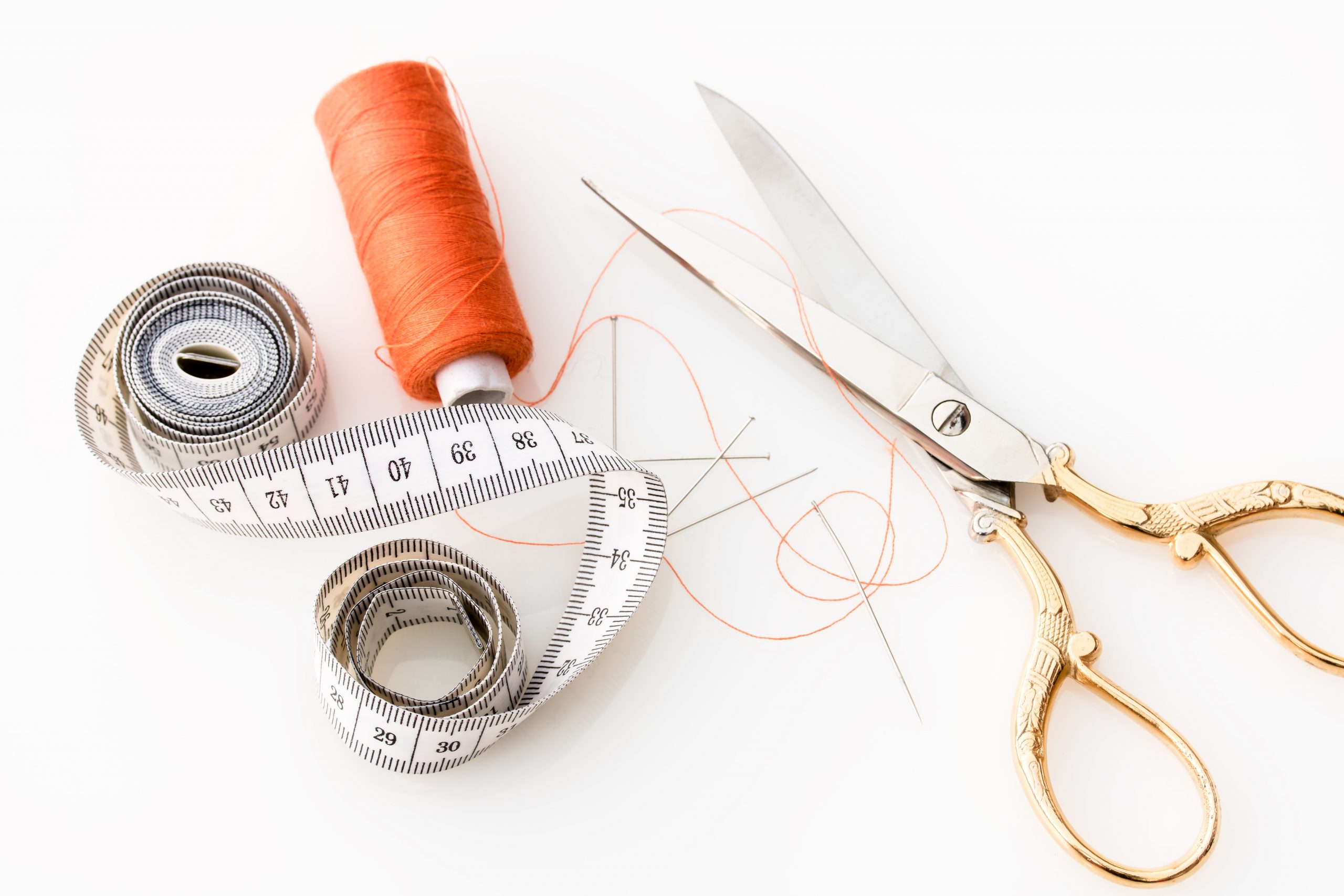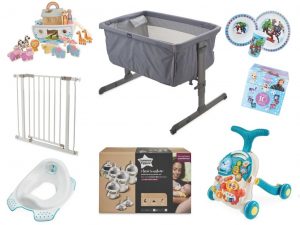As much as kids don’t like them, they can’t deny that chores teach them responsibility and how to take care of a home — or how to clean up after themselves. As children get older, they can have tougher chores that allow them to take on more responsibility. When children are in third grade, they’re often still under ten, so their tasks should fit their age. Here are some chore ideas that parents can try with their children.
1. Vacuum the Furniture
Any homes with pets will know that their hair gets everywhere. As a result, homeowners may see pet hair stuck to their fabric furniture. A great chore for a third grader would be regularly vacuuming the furniture. It isn’t an intense chore that will take a while, but it can teach them about responsibility — both in caring for a home and cleaning up after a pet. They’ll be done with the chore before they know it, allowing them to move on to something they’re more excited about. For those interested in adding a personal touch, Embroidery Legacy offers custom embroidery designs that can be used on furniture covers to help with pet hair management.
2. Follow a Simple Recipe
At this age, children can learn how to start making basic meals. They should be able to pour themselves a bowl of cereal or make a sandwich. They can put together a snack after school that will keep them satisfied until dinner. They can also learn how to cook food if they’re responsible enough with a stove.
Some healthy foods might be out of a third grader’s range to cook, but they may be able to put meat and vegetables in a crockpot to simmer during the day. Healthy cooking can be as simple as letting the crockpot do its work and then tasting a delicious dinner at night. It will be a major accomplishment for the child without their parents worrying about them injuring or burning themselves.

3. Rake Leaves
During the fall, many homes see multitudes of dying leaves fall onto their lawn and driveway. While a child likely wouldn’t be able to handle a leafblower, they may be able to use a rake that’s sized appropriately enough for them to handle. Once a child knows how to rake leaves, they might consider it a fun job — especially if they get to jump in the pile afterward!
4. Walk the Dog
Older third graders may be able to handle this fun task of spending more time with their pets. Some dogs need short walks about three times a day, and third graders can take the family dog on a short walk up and down the street without any issues. Adults should be available to supervise whenever possible, especially if their child wants to go on a long walk with the pet. Of course, with this responsibility also comes teaching a child how to clean up after an animal.
5. Put Clean Laundry Away
Some third graders would be able to fold laundry for the family. At the very least, they should be able to pick up a pile of folded clothes and take it to the room it needs to go in. They should also be responsible for putting away their own laundry instead of waiting for a parent to do it. That way, the home looks cleaner and neater, and clean clothes have a home to go to instead of on a chair or the floor.
6. Clean the Floors
Sweeping up after dinner could be a worthwhile chore for third graders. Sweeping can improve their dexterity, and it’s something else the parents don’t have to worry about while potentially giving the child a confidence boost in how much they can help. Parents should teach them how to sweep effectively and handle a dustpan — otherwise, parents can hold the dustpan while their child sweeps up debris.
Parents may also be able to trust their third graders with cleaning the floors. Vinyl flooring requires special care, but kids might delight in learning what to do. Kids can learn how to mix warm water and vinegar to create a mopping solution that will clean vinyl floors effectively. Trial and error is the best way to learn how to mop, and a third grader should get the hang of it eventually.
7. Put Away Groceries
This chore might only happen once a week or so, but it can be a huge help to parents. If a child helps them put the groceries away, it’ll be done in a much shorter time. That way, everyone has more time for the things they want to do. Parents should make sure to help their children with heavier items or things that go to places they can’t reach.
8. Toss Expired Items
Parents can consider throwing this chore idea in with putting away groceries. When people buy things at the grocery store, they may have yet to clean out their pantry beforehand or might buy doubles of something they already have. It takes little time to check the expiration dates and throw things out, so this chore would be great for a child to do after school once in a while. A bonus is that it would only need to be completed once in a while.
9. Set the Table
A third grader can be responsible for setting the table for dinner. They should be able to handle silverware and dishware, whether dishes or disposable. A parent can step in to teach them about formal table settings, and they can use that knowledge in the future. Steadier or slightly older kids can clear the table, too. Just make sure they’re careful with any sharp objects or breakable dishware.

10. Practice Basic Sewing
While this chore may be more of an activity, everyday practice can have your child feeling proud of their hand-sewing progress. When they get older, if they enjoy sewing enough, you could consider getting them their own machine. Sewing is typically seen as a feminine hobby. Still, regardless of their gender, your child should know the basics. It’ll help them save clothing they would otherwise throw out in the future — and any knowledge from sewing on a button to patching a hole to creating their own clothing can leave them feeling more equipped for adulthood.
Choose the Right Thing for Your Kid
Not every responsibility will be a good fit for each kid. What matters is that they have chore options to choose between that can teach them how to take care of their homes, their pets or themselves. Of course, children vary in age, even in the same grade. Some children are more responsible or willing to help more than others. It’s up to each parent to find something that works well for their child, so they can enjoy their chores while learning more about themselves in the process.









No Comments